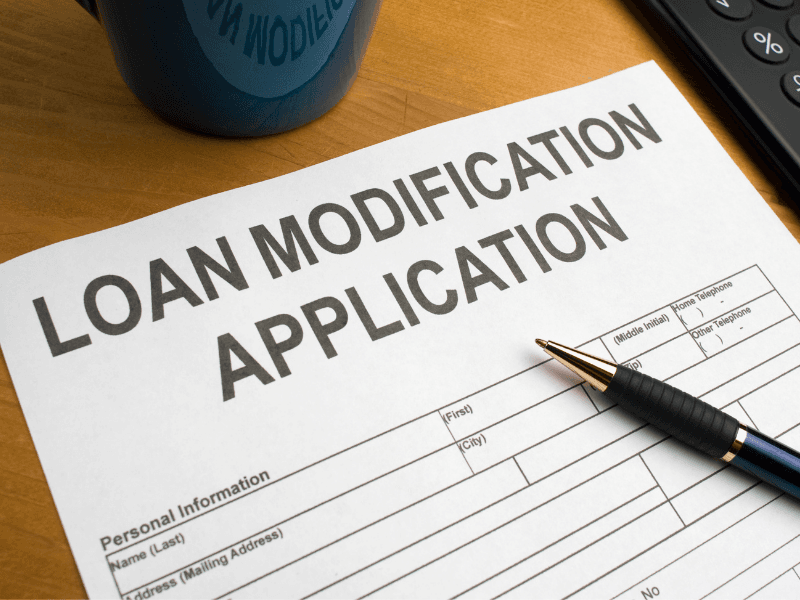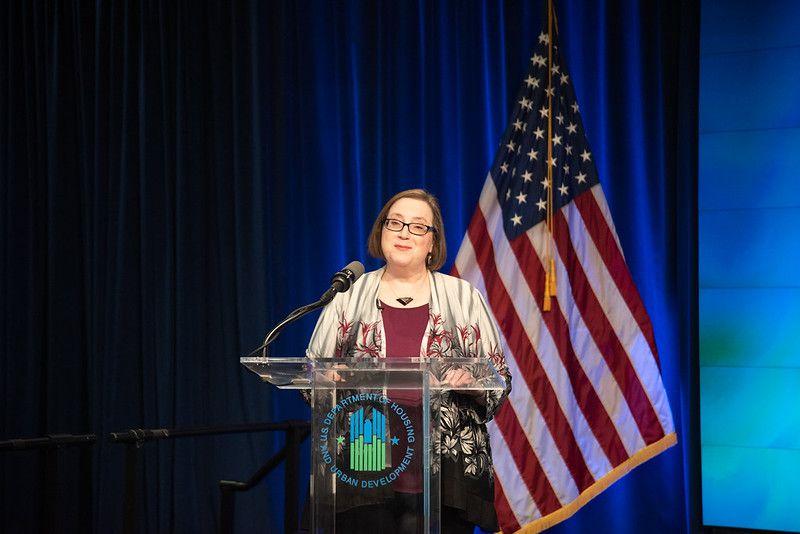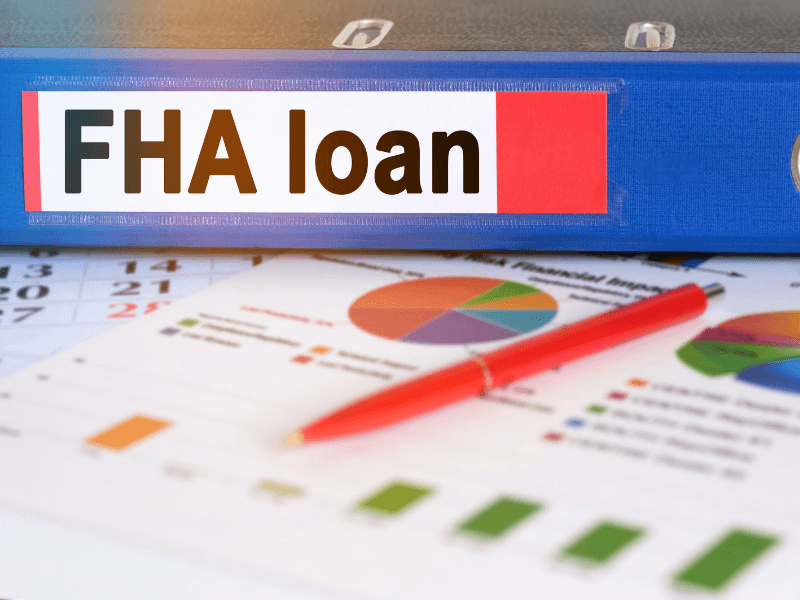40-Year FHA Loan Modification Coming Soon?

Preventing FHA Foreclosures
Loss mitigation is the practice of adjusting existing mortgage loans with the goal of eliminating defaults and foreclosures by making loan payments more affordable. Lowering the interest rate, reducing the principal balance, and extending the loan term are the most common forms of mortgage loan modifications.
Historically, extending the loan term has meant recasting the loan payment using the current loan balance and a new 30-year term. In an effort to offer an even lower monthly payment, 40-year loan modifications are available to homeowners who purchased their homes with a conventional mortgage, i.e. a Fannie Mae or Freddie Mac mortgage.
Earlier this month, the Department of Housing and Urban Development (HUD) proposed the 40-year loan modification to be included in its loss mitigation repertoire. FHA assesses the additional option will help more FHA homeowners avoid foreclosure, which positively impacts the homeowner, the overall housing market, lenders, and HUD itself.
Benefits of a 40-year Mortgage Term
40-year terms spread monthly payments over 480 months. The larger divisor (480 vs 360) results in a lower monthly payment. It goes without saying that a lower house payment has the largest impact on whether or not a financially distressed homeowner is able to make the payment. HUD’s ultimate goal is to keep these families in their homes.
Drawbacks of a 40-year Mortgage Term
While the benefits of a lower monthly payment and its impact on whether or not foreclosure occurs are undeniable, there are drawbacks of a 40-year mortgage term.
Specifically, the principal balance decreases at a slower rate the longer the term is. This means more interest is paid over the full term than if the term were shorter. Homeowners will also see equity accumulate at a slower rate as well. While not ideal, the shortcomings of a 40-year mortgage term are not likely to be fully realized given FHA states the average duration of an FHA loan is approximately 7 years.
Most homeowners will either sell their home or refinance long before their loan matures, limiting the negative effects of the longer loan term.
How do I modify my FHA loan?
You may be able to reduce your FHA loan payment if you meet HUD’s criteria for a loan modification. FHA loan payments consist of principal, interest, homeowner’s insurance, property taxes, and FHA mortgage insurance. They are a function of the original loan balance, loan term, and interest rate. You may be able to lower the payment by decreasing the interest rate, reducing the principal balance, and/or extending the loan term. You can calculate a new FHA loan payment using our FHA loan calculator.
If you are one of the millions of homeowners experiencing financial difficulties and need assistance with modifying your FHA loan, please contact your loan servicer via the contact number on your mortgage statement.
For more information on HUD’s Loss Mitigation for FHA Homeowners, please visit hud.gov.
Read More
FHA vs. Conventional Loan: Which is Right for You in 2025?
Trying to decide between an FHA vs. conventional loan? Our guide breaks down the key differences, pros, and cons of each to help you choose the best mortgage for your financial needs in 2025.
Julia Gordon Sworn in as FHA Commissioner
Learn about Julia Gordon who was recently sworn in as the FHA Commissioner under the HUD Secretary.
How to Calculate an FHA Loan Payment
Learn how to crunch the numbers for your FHA payments.
20 State Attorneys General Call Upon FHA to Assure COVID-19 Relief Compliance
A group of attorneys general from 20 different states have called upon the FHA to assure compliance with COVID-19 relief efforts.
How to Remove FHA Mortgage Insurance
In 2013, HUD mandated annual mortgage insurance premiums on most FHA loans remain throughout the loan’s duration regardless of how much of the balance the homeowner has paid.






